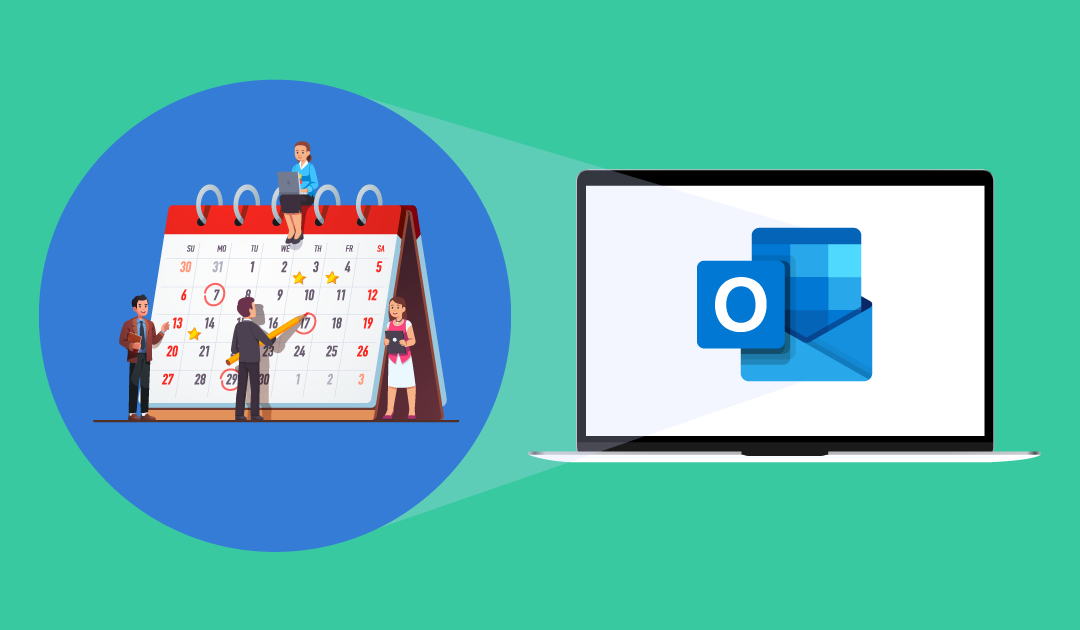

Once this is done, the user can then choose to make this calendar visible in Outlook. The Set-UnifiedGroup cmdlet can be used with the “ HiddenFromExchangeClientsEnable:$False” parameter, to make it visible to both the desktop and web versions of Outlook. This needs to be done on each Microsoft team that hosts one or more channel calendars. To see the channel calendar in its entirety however, Powershell must be used to make the associated Microsoft 365 group calendar visible in the Exchange Address Book (it is hidden by default). First, if a user has been invited to a channel calendar event, and accepts the associated meeting invite, that calendar item will be added to their personal Outlook calendar. The answer is ‘yes’, with a couple of caveats. This begs the question can users see the channel calendar entries from the Outlook client? The organizer of the meeting is the team member who created the channel calendar event, and the meeting invite appears from the team name.ĭespite the massive adoption of Teams, end-users still spend a fair amount of time in Outlook, and typically use it for their day-to-day calendaring management. You can reference my previous post for more information on Microsoft Teams security configurations and best practices. Whether they can join the meeting is governed by the usual Teams meeting controls (administrative policies and meeting configuration). All attendees in the channel meeting will receive the associated meeting invitation. Users outside of the team, including guests who are not part of the team, can be invited to any calendar event or meeting. The calendar is a filtered view of the underlying Exchange Online mailbox calendar associated with the Microsoft 365 Group.

Any team member can create calendar events or meetings in the channel calendar, and it will automatically show up for other team members. The Microsoft Teams shared calendar is available to all members of the team, except guests. In this screenshot, we can see the channel calendar in the Teams App Store when a team member adds a tab to a channel. This app can be installed in a standard Teams channel, and appears as a tab in the team, just as the default “Posts” and “Files” do. To address this need, Microsoft is evolving the calendar capabilities available in the Teams client, and has recently released a Teams Channel Calendar App. Enter the Microsoft Teams Channel Calendar app For several years, the lack of a first-class Microsoft Teams shared calendar option was a top Microsoft Teams UserVoice item requested by the user community. Teams of people with group calendaring needs were left scrambling to use a variety of workarounds that were cumbersome at best, such as leveraging the group calendar in Outlook Web Access, or integrating a SharePoint Webpart into the Microsoft Team as a website tab. However, until recently, that group calendar could not easily be used directly inside of the Microsoft Teams client. A Microsoft team is backed by an Office 365 Group, which contains an Exchange Online Group Mailbox and an associated calendar. Let me start by providing a little background around group calendaring before we dive into the Microsoft Teams shared calendar functionality.

Real-life examples include a vacation calendar for a group of people, upcoming industry conferences of interest to a team of people, or a recurring meeting for a project. Working together on a project or as a team with a common purpose often requires a place where team members can see important dates for events, milestones, and deadlines related to the groups work.

#Shared calendar not showing up on windows calendar how to
This blog will discuss what it is, how to use it, and some of its current limitations. In this blog, we will explore the first incarnation of Microsoft Teams shared calendar functionality with the release of the Microsoft Teams Channel Calendar app. One of the key staples of group collaboration is using shared calendaring functionality.


 0 kommentar(er)
0 kommentar(er)
